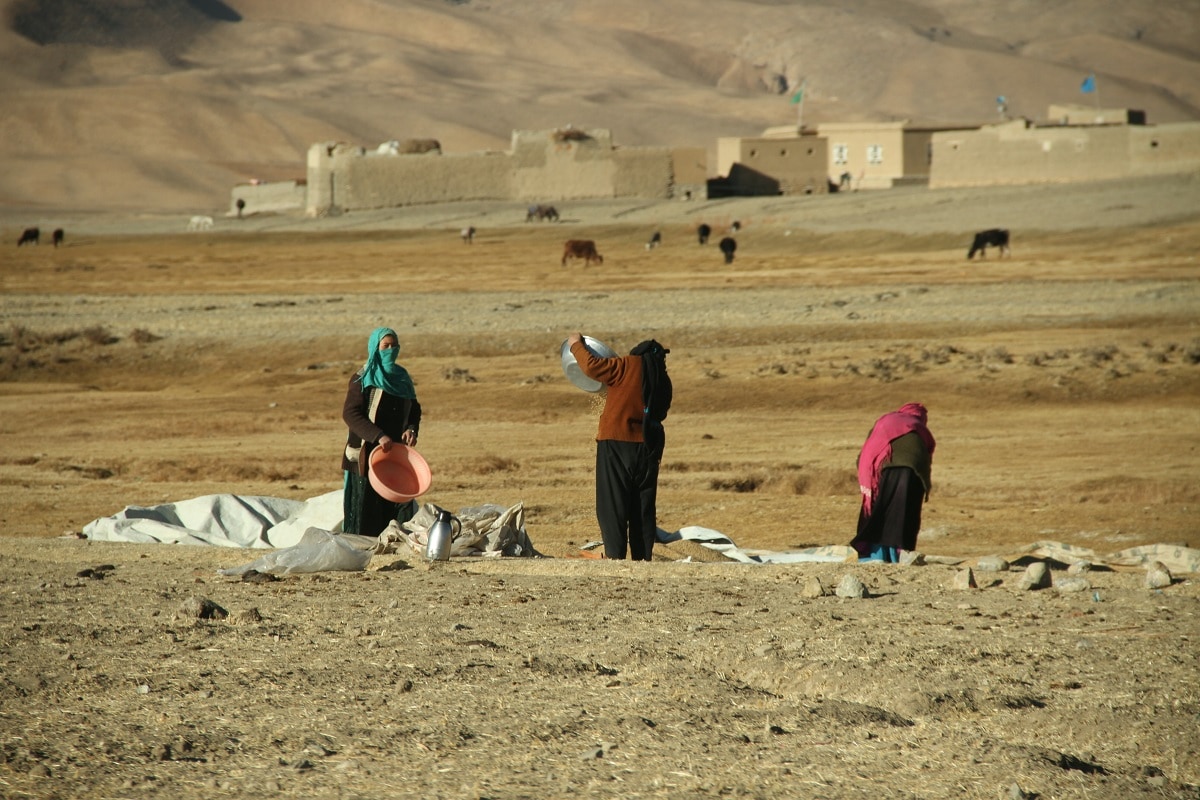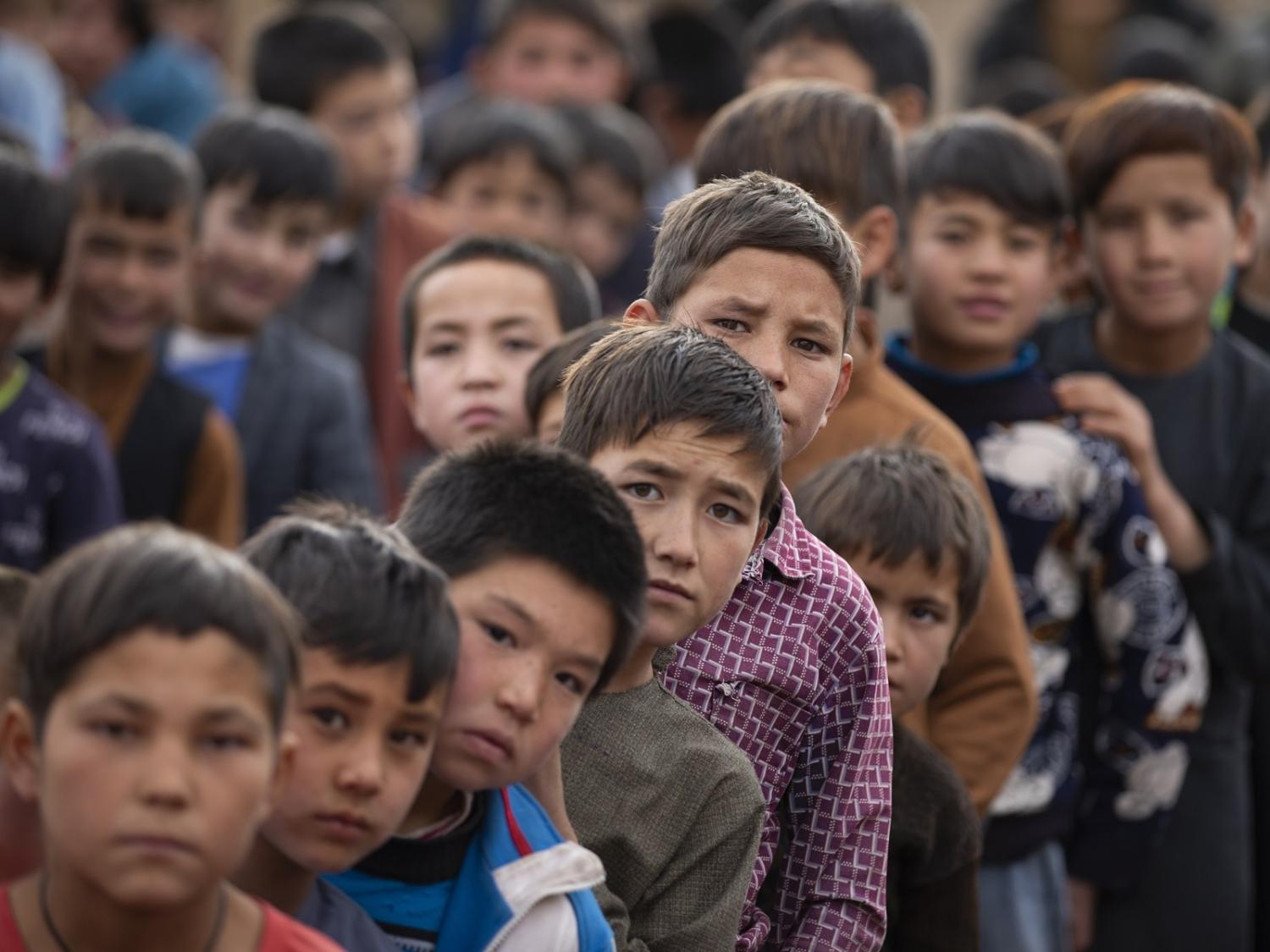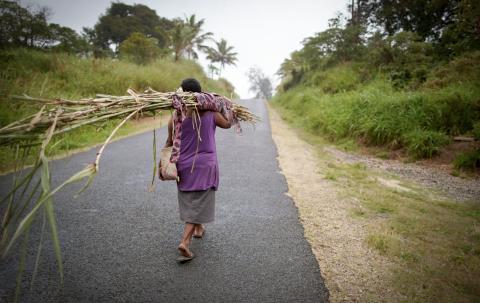Two-thirds of Afghanistan’s population (28.3 million people) is in urgent need of humanitarian assistance. In the two years since the fall of the Afghanistan Republic, about 10 million more people fell into this category. Between August 2021 and September 2023, US$6.9 billion in humanitarian aid was pledged to Afghanistan by international donors. While concerns remain about the efficiency of aid allocation and disbursement, it helped those in need of urgent assistance and prevented the collapse of the economy. This aid generated short-term employment, prevented a shortage of goods, and preserved the value of the Afghani (Afghanistan’s currency) against major foreign currencies, supporting the banking system and decreasing inflation.
Although short-term jobs improved the overall employment rate in 2022, the International Labour Organisation estimated that employment losses would reach nearly 700,000 by the second quarter of 2022. And if the ban on women's education and work continues, employment losses could reach more than 900,000. Donors are reluctant to provide aid when women are banned from employment opportunities.
Short-term income generation from aid projects cannot support vulnerable people to escape poverty, but it can prevent the situation from worsening. A UN Development Program report indicates that in the year since August 2021, more than 700,000 people benefited from wages in support of infrastructure projects. Almost 300,000 benefited from emergency income and sustained income generation activity. More than 251,000 Afghans benefited from support to women-led informal businesses. In the education sector, 13,122 teachers (female and male) were recruited through the Afghanistan Education Cluster in 2021, and this number increased to 18,011 in 2022.

Humanitarian aid also prevented a goods shortage in Afghanistan. In August 2021, prices increased as neighbouring countries closed their borders because of concerns over political and security developments in Afghanistan, which is one of the most highly import-dependent countries in the world. Traders decreased imports of goods not only because of the uncertainty and increasing value of foreign currency but also due to US sanctions on the banking system. To a certain extent, short-term employment funded through humanitarian aid increased people’s purchasing power and the demand for goods.
In addition, cash packages of humanitarian aid not only supported the Afghani to preserve its value against major foreign currencies but also helped prevent the total collapse of the banking sector and reduced the inflation rate to a single digit. At the end of 2021, the value of foreign currencies against the Afghani had reached a two-decade high. As an example, on 14 August 2021, a day before the collapse of the republic, US$1 was worth 82 Afghani. On 10 January 2022, it was equivalent to 106 Afghani. The arrival of humanitarian cash aid thus had a positive impact on the Afghan currency. Between August 2021 and April 2023, US$2.34 billion in cash aid was delivered to Afghanistan and deposited in UN accounts in private Afghan banks. After its conversion to Afghani at the central bank, UN agencies used the cash solely for humanitarian programs. As a result of this conversion, US$1 currently buys 78 Afghani.
Cash packages also support the banking sector. After the Taliban takeover, bank branches were crowded with people attempting to withdraw their deposits. Banks were forced to deal with severe liquidity issues as a result. The crisis escalated with international sanctions and the US freeze on US$9 billion of reserves held by Afghanistan. The subsequent cash aid packages prevented the total collapse of the banking system.
Humanitarian assistance also suppressed the inflation rate. In July 2022, inflation was running at 18.3%; in December 2022, it had dropped to 5.2%. The inflation rate in Afghanistan depends heavily on external shocks such as world oil and food prices, since Afghanistan imports most of its commodities.
Since the Taliban takeover, humanitarian aid has had a positive impact by generating short-term employment, helping the Afghani currency maintain its value, stabilising the banking sector, and suppressing inflation. While humanitarian aid is not a long-term remedy, and cannot substitute for development investment, and while concerns remain over support for the Taliban regime and the misappropriation of aid funding, it remains vital to Afghanistan.

